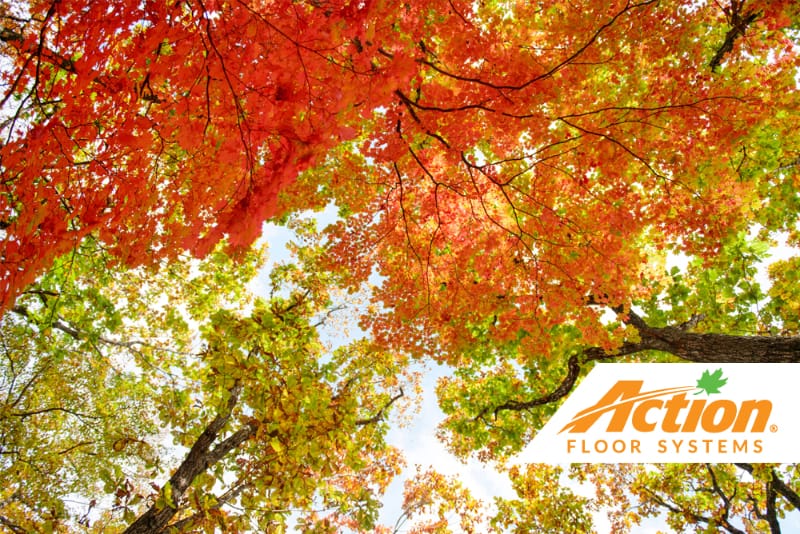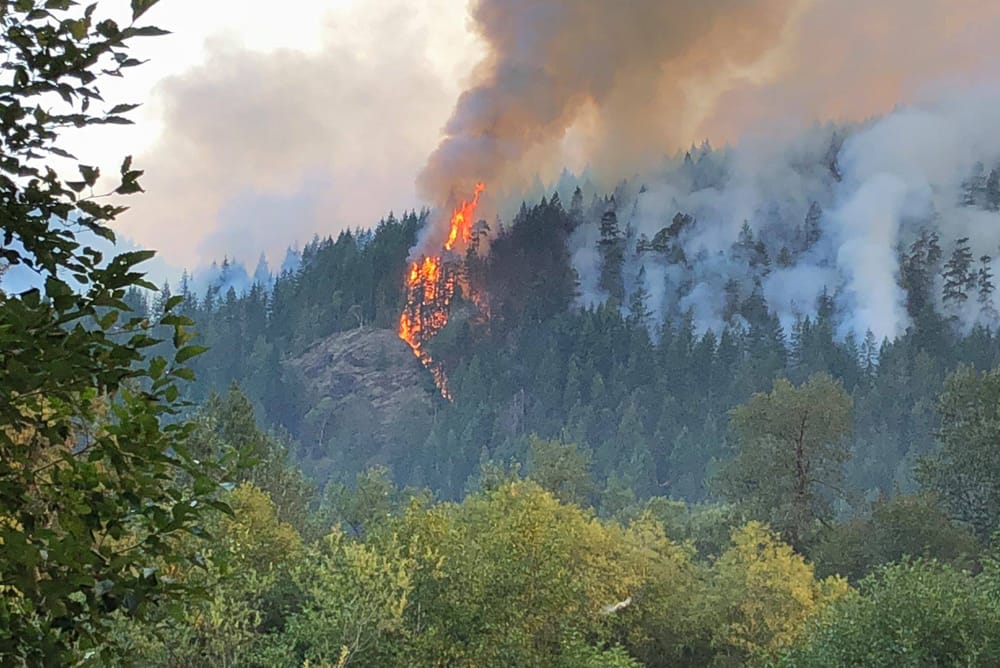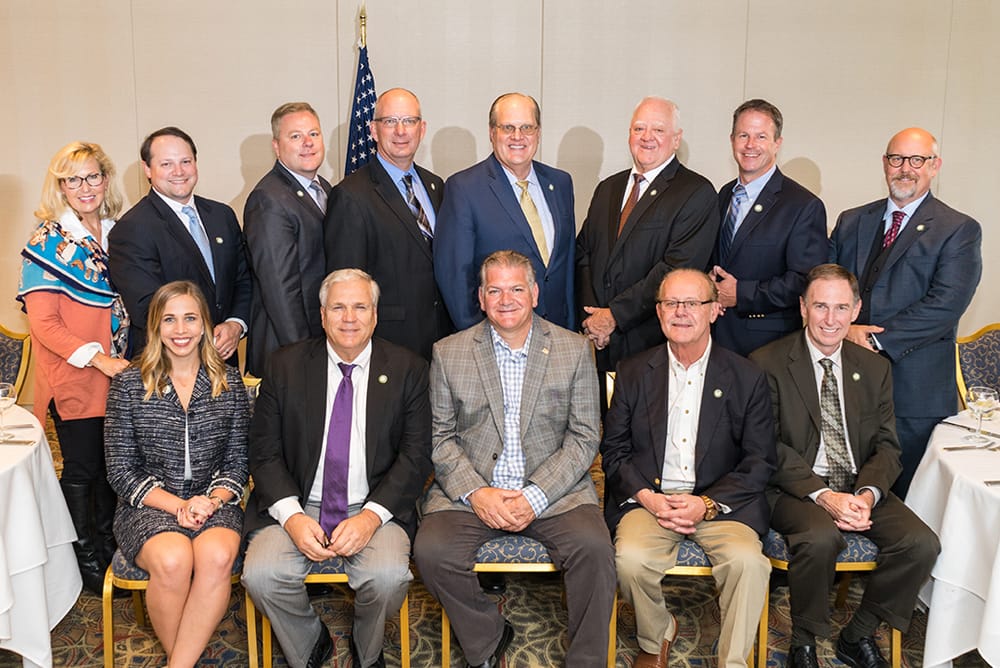
Theodore Roosevelt, the U.S. president who championed conservation efforts and helped establish our national parks system once said:
“I recognize the right and duty of this generation to develop and use our natural resources, but I do not recognize the right to waste them, or to rob by wasteful use,the generations that come after us.”
Roosevelt regularly praised the value and importance of America’s natural resources, but he also warned against the dangers of irresponsible overuse.
At Action Floor Systems®, our business, community, customers, and employees depend on the renewable natural resource of North American forests. Like Teddy Roosevelt, we understand that there’s a balance that must be achieved.
It is certainly possible to waste a natural resource by using it without regard to the future. It is also wasteful, however, to let a resource such as hardwood maple timber go unused when it could serve a valuable purpose.
Unfortunately, that is sometimes what happens to hardwood maple trees in U.S. forests.
The truth is, harvesting trees from our forests can be a good thing for the environment and the forest itself. But, that may seem contradictory to some people. So, we turned to the co-founders of Action Floors, Tom Abendroth and Dan Corullo, for an explanation and insights into forestry management and the maple flooring industry.
What Sustainable Forestry Management Really Means
If your only experience with the logging industry is what you’ve seen in movies, you might assume loggers are greedy bad guys who go into the woods and chop down every tree in sight. But, as Abendroth explains, that is not the practice followed for the harvesting of maple.
“Proper forestry when it comes to hardwood is not clearcutting,” he says. “Because if you did that, you would eliminate the cycle of renewability.”
It’s important to note that our forests are more than a natural resource. They are a renewable natural resource. The process of trees renewing themselves can take place on its own, especially when aided by effective forestry management.
Clearcutting is used for fast-growing trees, such as pine, juniper, and fir, as seedlings are planted after harvesting. Selective harvesting, which is used with hardwood maple, is a process where foresters mark specific trees to be cut for lumber.
Corullo explains there is a lack of harvesting of mature maple trees in national forests. Yet, removing these older trees from the ecosystem has sustainability benefits.
“By removing that canopy, it creates a situation where younger, immature trees get the sunlight and room they need to grow,” he says.
So, selective harvesting encourages new growth, which in turn reduces greenhouse gasses. That’s because younger trees remove more carbon dioxide from the earth’s atmosphere while decaying trees begin releasing it.
“Selectively harvesting hardwood trees before they’re too mature and converting that wood into finished products, where carbon is retained forever, is a win/win for the logging and wood products industry as well as for those who are concerned about the percentage of carbon in our air,” Abendroth says.
The lack of harvesting in the nation’s 740 million acres of forest is also contributing to wildfires.
“We’re only logging about 25 percent of growth in national forests,” Corullo says. “So, we’re having big mature hardwood trees falling over and creating a fire hazard for one thing and not being utilized for another.”

Forest fire burning at Olympia National Forest, August 2018 (Courtesy: U.S. Forest Service)
Fighting and preventing those wildfires takes a significant portion of the Forest Service’s budget. Corullo says that can mean there are fewer funds to have foresters marking mature trees for selective harvesting, which only increases the risk of fires and pollutes the air.
Conserving our forests is certainly a noble task, but responsible forestry management can benefit the needs of both humans and the environment. If we’re going to use hardwood maple from our nation’s forests, Action Floors believes basketball courts and gymnasiums that support physical fitness and build community connections are very noble and important
How Action Floors Supports Sustainable Forestry
True to our name, Action Floors is actively participating in efforts to support sustainable forestry in the United States. That often means working alongside lawmakers and government agencies.
In the 1980s, Corullo was closely involved with the formation of the Lake States Lumber Association. The association describes its primary objective as “providing leadership and education to assure the sustainability of our forest resources.”
More recently, the Maple Flooring Manufacturer’s Association (MFMA) chose Corullo as its representative on the board of directors for the Hardwood Federation, which includes the goal of maintaining and improving the health of public and private hardwood forests among the core principles of its mission and vision.
These groups represent the voice of the hardwood industry in state governments and Washington, D.C. They not only speak for the companies making use of hardwood – they also work to make sure lawmakers understand the economic and environmental impacts of responsible forestry management.

Dan Corullo (front row, fourth from left) with Hardwood Federation board members
Action Floors also wants to help architects and facility owners identify sustainable sports flooring products. That’s why we developed our unique SCORES system. SCORES stands for “sustainable construction of renewable engineered surfaces,” and it is a helpful checklist for evaluating a manufacturer’s sustainability efforts. Among the criteria is certification from the Forest Stewardship Council (FSC).
Forestry Management is an Investment in the Future
Abendroth and Corullo have both been connected to the timber industry for decades. For Abendroth, that connection stretches back four generations. His lineage includes pioneers of the maple flooring industry. In fact, there are three Abendroths in the MFMA Hall of Fame.
Corullo and his brother, Ray, opened a saw mill together before Dan cofounded Action Floors with Tom Abendroth. Now, Corullo’s sons, Cory and Ross, have important roles in the company. The forest isn’t just part of Action Floors’ supply chain–it is part of our legacy.
“The very last thing I want to do is destroy our forests just for profit,” Corullo says. “I’ve got two boys coming up in this business, and I want it to be here for a long time.”
Teddy Roosevelt echoes that sentiment in another statement about handling America’s most-valuable resources with the future in mind:
“The nation behaves well if it treats the natural resources as assets which it must turn over to the next generation, increased and not impaired in value.”
According to Abendroth, the generations that came before us have been doing exactly that.
“Four generations later, there are more hard maple stands now than there were in my great grandfather’s day,” he says.
Sustainable forestry management is a long-term investment in the future. Corullo says a well-managed forest can be responsibly harvested every 20 years. He recalls a humorous moment on a trip to visit his brother’s logging operation that illustrates a commitment to healthy forests.
“On the way out of the forest on the logging trail he asks me, ‘Dan, you know how I know we’re getting old?’ I said, ‘How’s that?’ And he answered, ‘This is the second time I’ve logged this timber sale.’”
More About Sustainability at Action Floors
Supporting forestry management is just the beginning. Visit our website’s Sustainability section or check out the sustainability blog posts to learn more about how Action Floors is more than just talk when it comes to being green.
Find out about the importance of FloorScore® certification and indoor air quality (IAQ). View our Environmental Product Declaration (EPD), and read about how our sports floor systems contribute to healthier buildings.
If you’re striving for improved sustainability, Action Floors is the right sports flooring manufacturer to partner with on your next project. Contact us today with questions regarding any of our maple sports floor and synthetic sports flooring options.

























